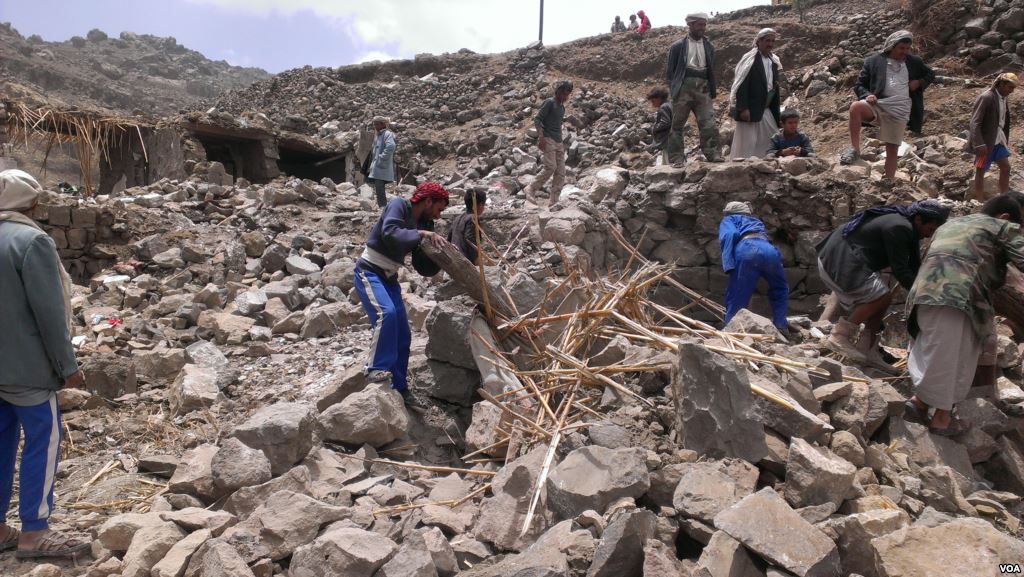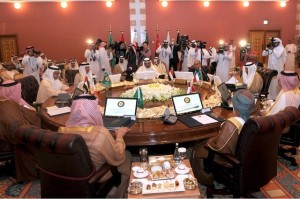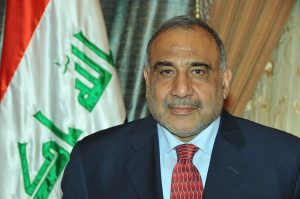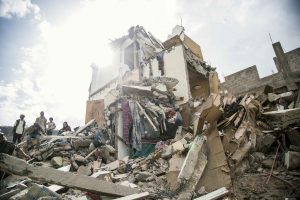by James Spencer
After two false-starts, and sub-rosa talks between the Saudis and the Houthis, the UN-led peace process in Yemen may be back on track. When a peace is finally made—currently still in the balance, since both sides seem to believe that they can still win—the international community must be able to step in immediately to help Yemenis rehabilitate their country. This would be a major challenge, even in times of plenty, let alone during the current straitened financial situation.
Yet there are many tried and tested, robust and cheap solutions to similar situations already working in the developing world. A range of these solutions should be readied for immediate implementation in order to produce “quick wins.” This will give longer-term opportunities the chance to mature. The states that have contributed the most to Yemen’s recent destruction (including Iran, US, and UK) should lead the way in providing rehabilitation funding. The UN should manage the process to avoid allegations of corruption and favoritism. An international body should administer the fund pro bono publico (not pro 4%) to reduce the opportunity for embezzlement and corruption.
Most of Yemen’s problems are chronic: food insecurity, employment issues. water scarcity, political machinations, and corruption. Either the right lessons were not learned or were not properly implemented, often due to elite corruption or power-plays—or the international community allowed the cracks to be papered over.
Rebuilding at a Provincial Level
A centralised government may be attractive to foreign donors as it reduces the administrative and political effort in dealing with the state. However, as is the case in many countries in the developing world, a centralised state also delivers all power into the hands of whoever controls (or captures) the state. In such a situation, not only is the opportunity for corruption greatly increased, but the likelihood of partisan decisions—and the consequent alienation of the disenfranchised—often exacerbates the problem the aid seeks to address. Interestingly, in the current state of minimal government and limited physical and electronic communication, the provinces have begun to function as self-defining entities. This suggests that Yemenis have autonomously identified their preferred administrative unit: the province.
The provincial level of administration should be reflected in infrastructure rehabilitation and management. The lessons of both Iraq post-2003 and of Yemen itself are salutary. Centralised infrastructure is vulnerable to both inter-province disruption and to corruption, delays, and squabbles. It is often quicker and more efficient to build local utilities providers and distribution networks, which can then—if wanted—be joined together into a national grid. This has the added benefit of stakeholder participation, meaning that local people are far more likely to protect “their” assets, and indeed to pay their utility bills. In the particular case of Yemen, provincial investment might be sought—whether pro bono or commercially—from diaspora members who identify as coming from that province.
Once the form of the country has been decided, a major and painful decision must be taken: Sana’a is one of the oldest and most beautiful cities in the world, reputedly founded by Shem the son of Noah. It has been the historical capital of Northern Yemen for much of human history, and the political capital of the Republic of Yemen after unification. Yet it lies at 2,300 meters (7,500 feet) above sea level, and its failing aquifer cannot supply adequate water for its population of two million. The financial and carbon cost to purify and lift water from the sea is exorbitant and impractical. The administrative capital—with its attendant coterie of bureaucrats and hangers-on—must move. Although Hodeida is one option, the Red Sea is enclosed and thus its waters are far more saline (through evaporation) than the open ocean. Ta’iz—the capital after the 1948 coup against Imam Yahya—is a geographic middle ground, but has its own water problems. Aden—on the open, eponymous Gulf—is the better option for a location that can generate large quantities of water. As a former capital, Aden also already has better infrastructure—although badly battered by months of war—including an excellent natural harbor and an international airport.
Energy and Information
In the short term, the rehabilitation of the recently destroyed infrastructure and buildings will provide employment for several years. Bridges, ports, airports, roads, and so on have all been hit by airstrikes, as have some of the terraces in the rain-fed Western Highlands which provide scarce arable land. Rather than rebuild these with the traditional rubble walls, gabions might be used to extend the life-time of the terraces. Similarly, many homes have been damaged or destroyed by bombs and artillery. Yet rather than rebuild like-for-like, it is more sensible to rebuild now using modern techniques and materials—robust enough for the environment—in order to reduce the long-term costs later. Thus solar water heaters, solar electricity, solar water purification, and modern sewage systems can all be incorporated into the rebuilding program, reducing the financial and carbon cost in the long term. Similarly, traditional adobe architecture—possibly using modern binding agents and materials—is far more thermally efficient than concrete, as well as having a tiny carbon footprint. Modern polymers can replace wood in ceiling construction, allowing wider rooms. None of these concepts is cutting-edge. Indeed, many are being rolled out in places like Kenya to great success. It is even possible to install community medical facilities quickly, although developing local medical staff is far harder.
Larger-scale energy generation plants must be explored to reduce Yemen’s need to import fuel to generate power (and reduce industrial scale corruption). Commercial solar power plants and wind turbines would be simple to install in the 50% of Yemen that has no agricultural potential, as has been proposed for Jordan and Morocco. Yet other aspects that are more cutting-edge should also be explored. For instance, a current streams through the Straits of Perim. Although not very powerful, it is relatively constant and might be harnessed using submarine turbines to produce continuous power. The power could be used to purify sea water into fresh water and possibly lift water up to cities in the mountains.
Likewise, installing Internet communications—such as Google’s Project Loon in Sri Lanka—would provide a means of accessing information. Perhaps even using an Internet variation of Australia’s famous School of the Air would increase Yemenis’ potential for secular education. Internet-delivered education is important for another reason: tertiary education—and television—are the best forms of natural birth-control, and Yemen’s population growth rate is unsustainable. Downstream, several major Internet backbones run along the coasts of Yemen, offering huge potential for e-work.
Other “quick win” possibilities for low-skill employment would be the manufacture of solar cookers for perhaps three million households. This would also reduce deforestation and cut the time women have to spend gathering fuel. Another efficiency—which would also generate extensive low-skill employment in the manufacture and maintenance of the units—are closed-cell hydroponic farms, which generate fish and vegetables in a small space for limited input. The amount of arable land in Yemen might be slowly increased by re-greening efforts, such as has happened in the Sahel and Pakistan.
Although most of these projects are deliberately designed to avoid creating chronic aid dependency, and to reduce the long-term cost to the international community, an up-front investment will be needed. In many cases, countries already aiding Yemen need only continue their assistance. In others, the originators of equipment might be approached to offer assistance in kind: for example, New Zealand might build and install submarine current and tidal generators. (Donation in kind has the additional advantage of being less prone to corruption.) Yemeni communities must also be asked to contribute to the projects—either in labor or in funds—in order that they remain stakeholders and do not become aid-dependent. A reasonable, earned standard of living would also reduce the birthrate, as people would not feel the need to depend on the next generation to look after them in old age.
The challenge is how to address the multiple problems in practical, efficient, and effective ways so that Yemen can be hauled back from the edge of chaos, and a resilient, harmonious state be re-established. Yet it must be done: the alternative is that Yemen becomes another failed state.
James Spencer is a retired British infantry commander who specialized in low-intensity conflict. He is an independent strategic analyst on political, security and trade issues of the Middle East and North Africa and a specialist on Yemen.






This is all fine, but it begs the question of actually reaching a meaningful political settlement that will stick and not become unglued. None of these proposals can be safely implemented if political leaders and institutions are imposed by force upon an unwilling Yemeni population, as was done when Saleh was forced out and replaced with Hadi by the U.S., Saudis and their coalition. The experience of the past few years should count for something.